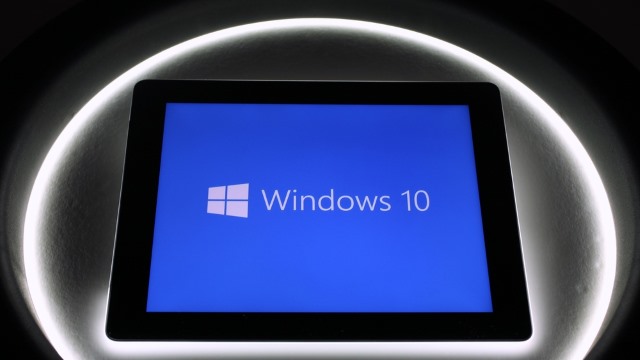Three things to consider before migrating to Windows 10

As Microsoft announced its first flurry of Windows 10-ready devices at its recent Windows 10 Devices event, businesses everywhere will be beginning to wonder how the new OS is going to affect their carefully organized (yet often fragile) IT policies.
As Microsoft’s marketing campaigns have made clear, through natural ties to OneCloud and Office 365, Windows 10 is designed with flexible working and BYOD at its heart. Unfortunately for businesses however, while Microsoft may be ready for the workplace of tomorrow, a lot of IT departments are still struggling to manage the workplace of today.
According to figures from mid-2015, there could be as many as 250 million users still active on XP -- with many originating from the business community. While we’d like to think that most businesses have been sensible enough to move away from XP, it is understandable why IT managers may be reluctant to make the switch to Windows 10. Having only just made it onto Windows 7/8, the idea of another multi-million dollar migration is probably the last thing on a CIO’s mind.
But while the move to Windows 7 may have proved problematic for many large enterprises, Windows 10 sees Microsoft finally give its customers a break. Through a carefully crafted infrastructure (shared by Windows 7, 8 and 10), the new operating system has been specifically designed with ease of migration in mind. Rather than having to reinstall their apps from scratch, businesses can effectively "slide out" their old operating system and slot Windows 10 into its place.
In the case of previous migrations, this would have involved a huge amount of work, with businesses being forced to uninstall, update and reinstall hundreds of apps. With the new system however, both applications and user files should (given some margin for poor application design) float above the OS layer and ultimately remain unscathed by the migration.
While this new approach may help to make migrations faster and ultimately cheaper, it does not give IT departments the excuse to offload all of their migration responsibilities onto the OS. Before making the switch, there are three key things that businesses need to do to prepare:
1. Audit Your Apps
According to Camwood, as many as 95 percent of applications installed in large enterprises are infrequently used, with a quarter having never been used at all. Not only are these unused apps a waste of money – typically costing UK enterprises £2.5 billion every year – they are also a significant waste of IT resources.
sDue to the ease of migration provided by Windows 10, IT departments are more likely than ever to simply “slide” cross to the new system, which will likely remain just as bloated, cluttered and unmanaged as it was before the migration.
2. Rationalize and Then Virtualize
Once an organization’s applications are identified, the process of mass rationalization can begin to remove those that are no longer needed. While some of these unnecessary apps may be obvious to the business, others can be far more difficult to identify.
Since the introduction of Microsoft App-V5 in Windows 8, businesses have had the opportunity to rationalize more apps than ever before. By virtualizing applications and running them across multiple devices, App-V5 lets businesses cut back on their licensing fees -- effectively turning applications "on and off" as and when they’re needed. By manipulating their apps in this way, businesses could save up to $560k in unnecessary licensing costs every year.
3. Refresh Your IT Policy
One of the key benefits of switching to Windows 10 is its ability to support seamless BYOD. While this is great news for businesses looking to save on costs (with BYOD typically saving $920 per employee), without proper preparation on the part of the IT department, Windows 10 could lead to uncontrolled and potentially insecure access to an organisation’s network.
With employees already starting to install Windows 10 on their personal devices, seamless integration with work email and Office 365 is causing a number of issues. As such, prior to a migration, businesses should be prepared to refresh their IT guidelines and BYOD policies, if only to make sure that employees know what is and isn’t an acceptable use of company data.
Get in Early
For many large enterprises, Windows 10 is still seen as an unnecessary expense. Having only just moved over to Windows 7, IT departments are of the mindset that "if it ain’t broke, don’t fix it".
But while Windows 7 may not yet be "broken", that is not to say that it doesn’t need fixing. As we learned from the migration away from XP, waiting until the last minute to upgrade is never an effective IT strategy. Windows 10 offers a whole host of businesses-specific applications that are far superior to those offered by either Windows 7 or 8.1.
By embracing these technologies now, businesses have the opportunity to finally get ahead of the game. After all, in less than five years (14 January 2020), Microsoft will end support for Windows 7, no doubt thrusting the business community into yet another last minute scramble for migration.
Ed Shepley, solutions architect at Camwood.
Published under license from ITProPortal.com, a Net Communities Ltd Publication. All rights reserved.
Photo credit: Stanislaw Mikulski / Shutterstock